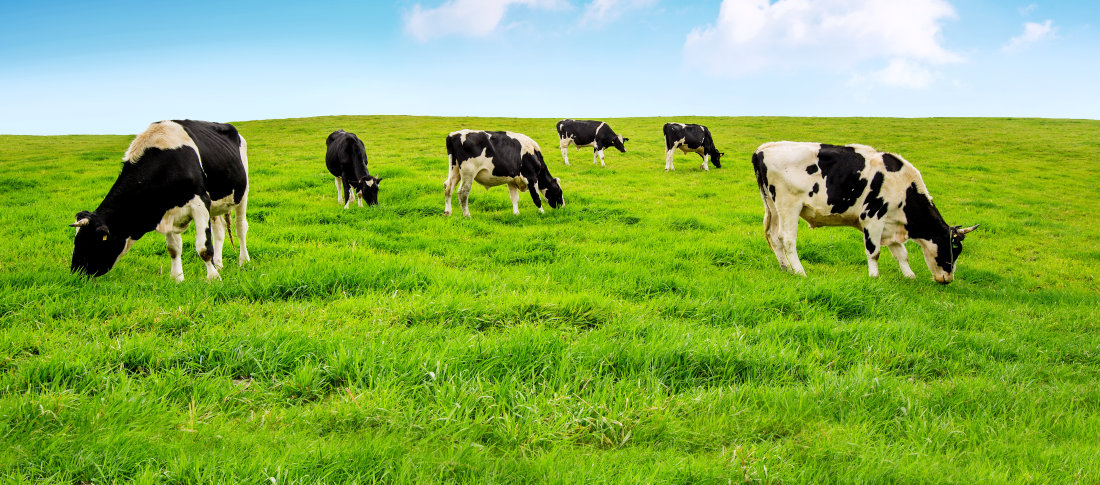Potential fertility issues need to be addressed this summer otherwise dairy producers will start to rack up additional herd costs, says Volac’s Neil Birkett. Trial findings, coupled with first-hand experience from New Zealand dairy farmers, confirm that introducing rumen-protected fat to the diet improves body condition and can deliver a return on investment in terms of fertility alone.
“This season’s volatile global milk market, spells price uncertainty and will tempt producers to start make big cost savings and cut out purchased feed during the grazing period. Don’t be fooled, this is a key time when producers need continued attention to detail, particularly those with spring calving herds” he says. “That includes maintaining energy levels in the diet to complement high protein grass, otherwise cows will start to milk off their backs and consequently suffer fertility issues which pose an underlying, yet very real cost to the herd.
“Cows losing body condition make a significant contribution to the national herd’s poor conception to first service rate. Data from Kingshay ‘Health Manager’ herds report a conception to first service rate of 36% and an average calving interval of 410 days (Dairy Costings Focus, 2015), with each day’s extended calving interval costing £4.13. Pregnant cows are far more valuable than empty cows,” he says. “Feeding a balanced diet including energy from a rumen-protected fat is an investment which will certainly pay dividends now and for the medium to long term.”
The trial findings
Feeding rumen-protected fat as a concentrated source of energy to cows at grass resulted in improved body condition according to trial findings within the Myerscough College herd, Lancashire.
Freshly-calved cows from the college’s 8,300-litre rolling average herd were offered a TMR diet plus concentrate containing Megalac rumen-protected fat at either 2% or 6% inclusion rates. Cows continued on these diets for a total of 16-weeks, but were turned out to grass from week 12 for the final four-weeks of the study.
Body condition score was similar between the two groups until turnout, at which stage the cows fed the higher rate of rumen-protected fat received sufficient energy to maintain body condition at a time when spring grass contains relatively high levels of protein; they remained in target condition score of just under 3, while those offered the control diet lost significant condition.
The New Zealand farm factsAdding a rumen-protected fat is a key part of the diet for New Zealand farmer Roger Blunt who farms 500 Holstein Friesian cows in Hamilton, New Zealand. Averaging 8,000 litres, the Karapiro Farm places strong emphasis on production from grass, however it maintains supplementary feeding to ‘fill the gap’ that grass alone can’t fill; supplements are offered as a buffer feed twice daily as a mix of maize silage, palm kernel and rumen-protected fat. “Our business is totally profit-driven; we have had to think really hard about our costs of production, and re-adjust accordingly, particularly when milk prices reflect global marketplace trend and slump,” Roger explains. “However, we never lose sight of grass, and having the knowledge of how to use supplements makes the difference - we don’t believe that relying 100% on grass for production is the way to go. We have used Megalac rumen-protected fat for three seasons and can see the cost benefits through the extra energy supply and maintaining condition through the milking season. “In fertility, we’ve seen an improvement in conception rate from 62% to approximately 75%, whilst empty rate has reduced from 15% to 9%. The herd has a 12 week mating period and calves over a strict 84 days.” He adds: The over-riding benefit is the lower empty cow rate allowing fewer culls, retaining a tight calving pattern and greater focus on animal productivity for selection and replacement.” |
